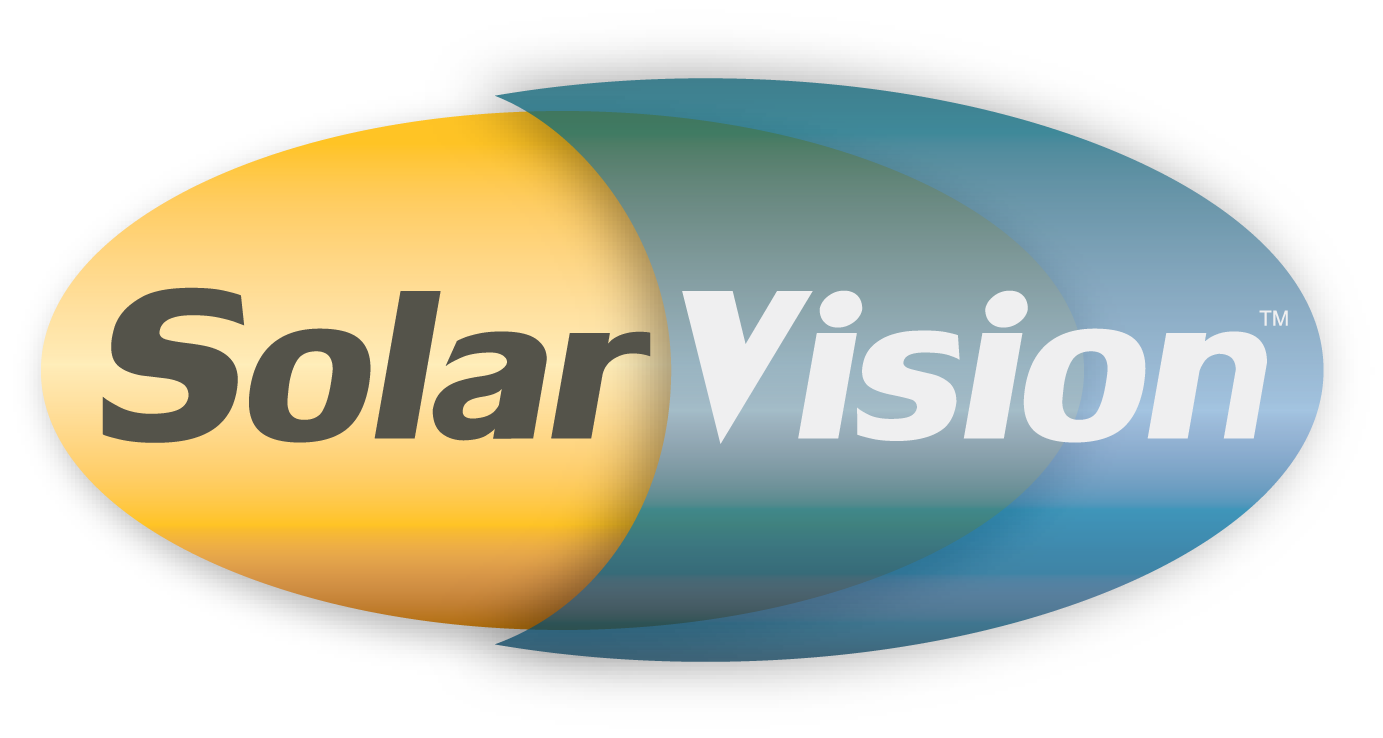Window film can reduce light pollution. Depending on the type of film, Visual Light Transmittance can be reduced by 45%-50%. According to Global Trends and Implications for Downtown Denver, a paper prepared by Progressive Urban Management Associates in 2006, 3 billion people lived in cities and by 2050 6 billion people will be living in cities. The implications for energy consumption, transportation, food, and environmental protection caused by this rapid urban expansion makes the need for sustainability critical.
The management of artificial light is one of the many areas urban planners must prepare for.
Light pollution causes:
- Sky glow which is the light surrounding the urban skies is caused by over illumination of commercial spaces and poorly planned street and building lights. The stars are difficult to see in urban areas.
- Light trespass is the light from a building shining into another building. It may be difficult to sleep in an apartment building next to a building that has a lot of light during the night.
- Endangerment to wildlife who are confused by the light. Nocturnal animals do not hunt or mate as they are meant to. More animals are in danger of becoming extinct.
- Human health is being affected. Vision, headaches, hypertension, and an increased chance of developing cancer are some of the health issues. Sleep is disrupted by the light and melatonin is decreased. (physics.fau.edu/observatory/lightpol-environment.html)
There are things that city planners and all of us can do to decrease light pollution. One of them is to apply window tint to windows that meets 45% inside to outside visible light transmittance and/or use window treatments. On a beach in Florida, new construction is required to put in windows that meet the 45% requirement because sea turtles are confused by the light and go inland instead of going out to sea. People that already have homes are helping to save the turtles by retrofitting their windows with window film to meet the requirement. (Thisbigcity.net)
Window film meets LEED Certification requirements in this area and is worth 1 point toward building certification.
Credit 7: Light Pollution Reduction (1 point)
Intent: Eliminate light trespass from the building and site, improve night sky access and reduce development impact on nocturnal environment.
